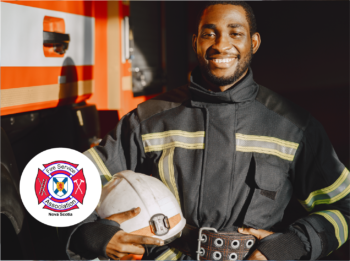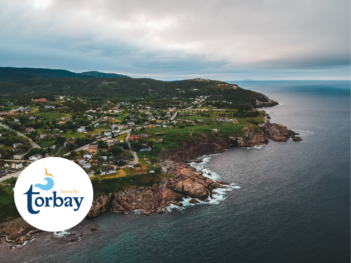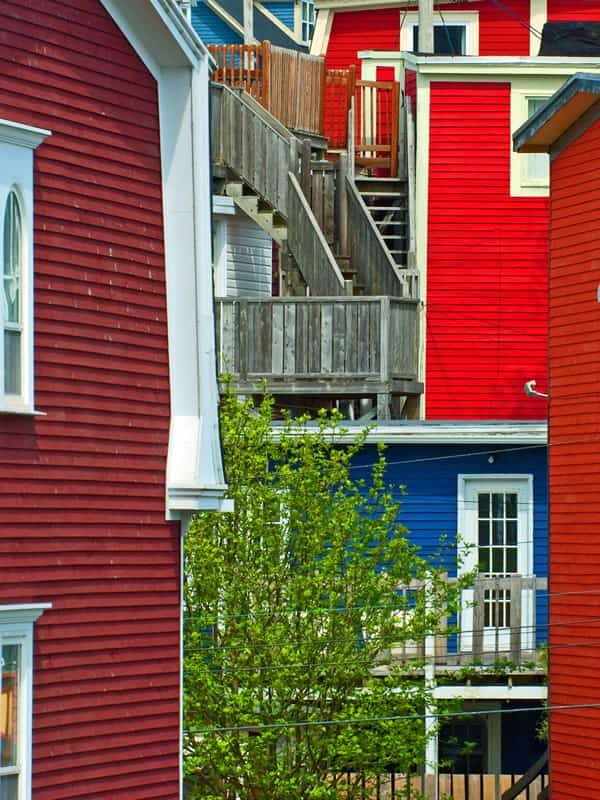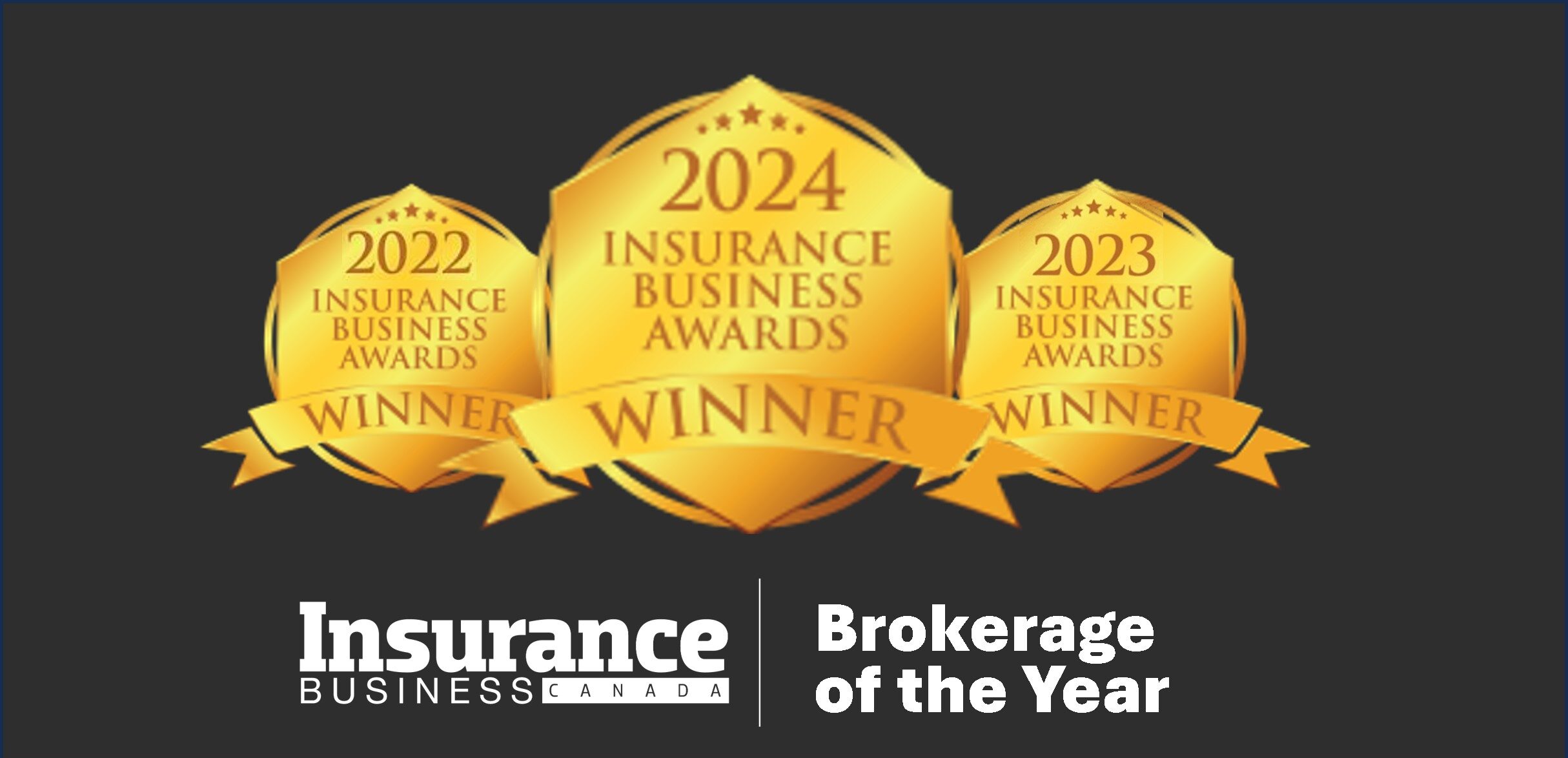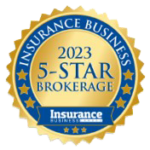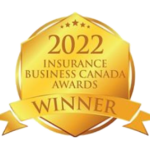Save on car insurance in Corner Brook.
We’re one of the largest independent brokers for Corner Brook auto insurance. We specialize in auto insurance. With a simple online quote or a quick call, you will get quotes from up to eight insurance companies. And with savings of up to 30%, you’ll be on the road with Corner Brook’s best auto protection and benefits. That’s a promise.
Corner Brook, a big little city.
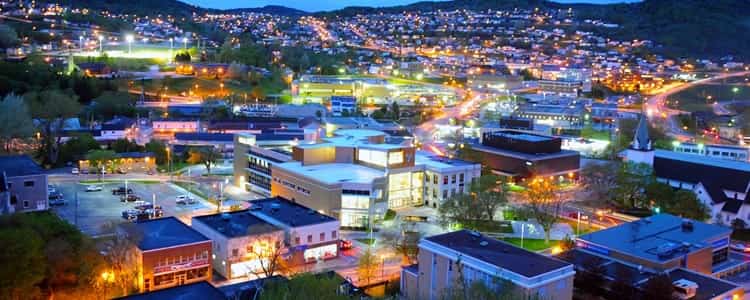
Offering everything a major city does while keeping the small-town charm, Corner Brook is a destination and residence for many. You can take in the sights and sounds, experience nature and culture at every turn. You drive through history and a modernized city at the same time. At Munn Insurance you can find the most competitive auto insurance in Corner Brook and save while you’re doing it.
Driving in Corner Brook – Tips to keep you on the road.
KEEP A KEEN EYE FOR MOOSE.
Even though Corner Brook is third largest city in Newfoundland, moose populate every corner of the province. There are approximately 120,000 moose on the island and even the more populated areas are surrounded by dense forest areas. The animals tend to wander onto roadways and are more active during sunrise and sunset. Don’t be fooled by the fact you may be driving by a shopping plaza; a moose can very easily wander across your path.
STRONG WIND MEANS SPECIAL CONSIDERATION.
Though wind may not seem like a significant risk, Newfoundland is known for its high gusts of winds through all seasons. Drivers need to take care when driving through areas prone to strong winds or when weather reports predict severe weather. Also, motorists should notice larger vehicles such as tractor-trailers as they are much more susceptible to high winds. And drivers should always keep a firm grip on the wheel as strong winds have the ability to push moving vehicles.
KEEP THEM BUCKLED UP.
Car crashes are the leading cause of death and injury to children in Canada. When children are using an appropriate car seat, they are well protected with a minimized chance of injury due to an accident. Knowing a child’s height and weight before purchasing a new car seat is important, and there are multiple laws regarding which seats are appropriate for children of different heights, weight and ages. Be sure to know if your child is protected before hitting the road.
TIME FOR NEW TIRES.
Tire problems are a factor in many car accidents. Blowouts, tread separation, under inflation and worn treads are some of the tire problems associated with accidents. While many people think just worn tires need to be replaced, old tires are of concern as well. As tires age, they become more prone to failure. The minimum safe tire tread depth is 2/32”, vehicle owners should consider replacing tires at the 4/32” mark, especially in Newfoundland with the rainy and snowy conditions.
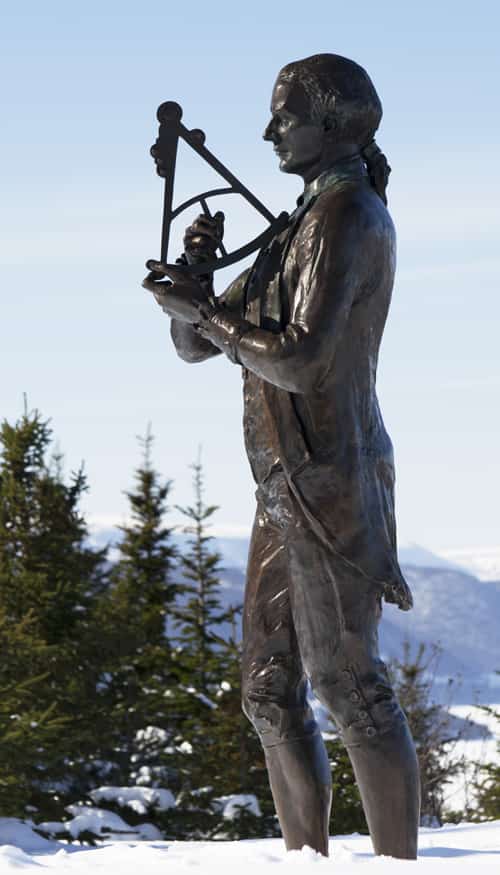
A few facts about car insurance in Corner Brook.
- The average age of auto insurance policyholder in Corner Brook is 36
- The average age of drivers in Corner Brook is 51
- The number of accident claims in Corner Brook in 2018 was 1300
- The top automotive brands we insure in Corner Brook are Chevrolet, Chrysler, Honda, Toyota, Mazda, Ford, Hyundai
- 63% of people in Corner Brook drive Cars
- 37% of people in Corner Brook drive Trucks
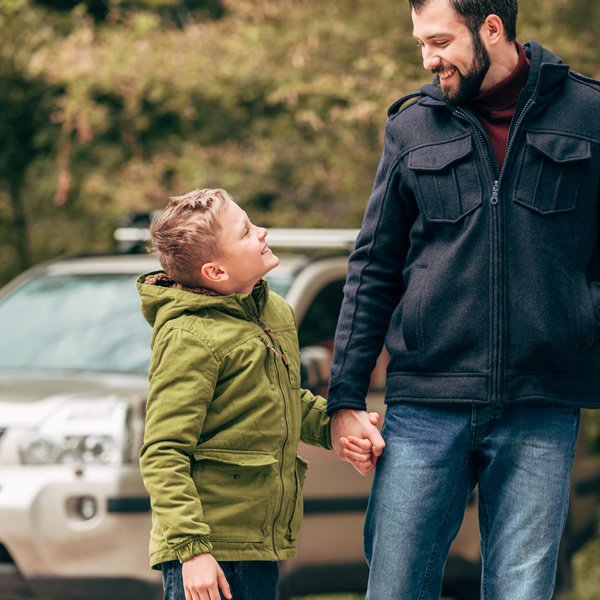
Facts and myths about Corner Brook.
FACTS
The City hosted the ‘Raid the North Extreme’ twice; a televised six-day multi-sport expedition race held in wilderness locations across Canada and was a leg of the ITU World Cup Triathlon.
Corner Brook hosted the 2016 Special Olympic Winter Games.
The area was first surveyed by renowned explorer Captain James Cook in 1767.
The area was originally four distinct communities, each with a unique commercial activity. Curling with its fishery; Corner Brook West with its retail businesses; Corner Brook East with its railway and industrial operations; and Townsite which was home to the employees of the pulp and paper mill. These four communities were amalgamated in 1956 to form the City of Corner Brook.
MYTHS
While on the opposite side of the island from St. John’s, Corner Brook is situated near both Stephenville International Airport and Deer Lake Airport. It is along the Trans-Canada Highway and is a stop for province wide bussing. As well, it’s a few hours’ drive from Port aux Basques ferry terminal.
In fact, Corner Brook is home to Memorial University’s Grenfell Campus, that offers degrees in Arts, Business, Science, Nursing, Fine Arts and more. The College of the North Atlantic also has a campus situation in the city, with certificates and diplomas in a variety of programs from Agriculture, and Early Childhood Education to Power Engineering and Software Development.
Corner Brook is very rich in arts and culture. With Grenfell Campus, there are students completing and graduating from the Visual Arts and Theatre Arts programs. There are multiple art galleries and centres that cater to various cultural events and artists within the city.
A part of Corner Brook’s charm is its closeness to nature within and surrounding the city. There are four parks within the city and eight playgrounds. The Corner Brook Stream Trail winds through the City, following the Corner Brook Stream. Three Bear Mountain offers walkers a panoramic view of the City of Corner Brook.
We do the shopping. You get the savings.
Newfoundlanders love choice. And they love saving too! At Munn Insurance, we deliver on both. As an independent insurance broker, we shop our extensive network of insurance partners to provide our Newfoundland customers with the best coverage at the best rate. Some of the insurance companies we search for our customers include:

How Munn Insurance saves you money.
We work for you – that’s what an insurance broker does. We shop the market on your behalf, so Munn insurance can offer you the most access to the best discounts from our insurance partners.
- Bundling (Auto + Home Discount)
- Multiple Vehicle Discounts
- Experienced Drivers Discount
- Safe Drivers Discount
- Claims-Free Discount
- Loyalty Discount
- And Many More

Combine your home and car policies and save.
With Munn Insurance, home and auto policies are better together. It means extra savings and additional coverage. So combine them both and receive a discount on both. That’s like a double discount!
Combining also gives you the extra convenience of aligned renewal rates and less paperwork.
You can combine your auto policy with any Munn Insurance home policy for the following dwelling types:
- Private Homes
- Condos
- Tenants
- Cabins/Cottages
- Rented Dwellings
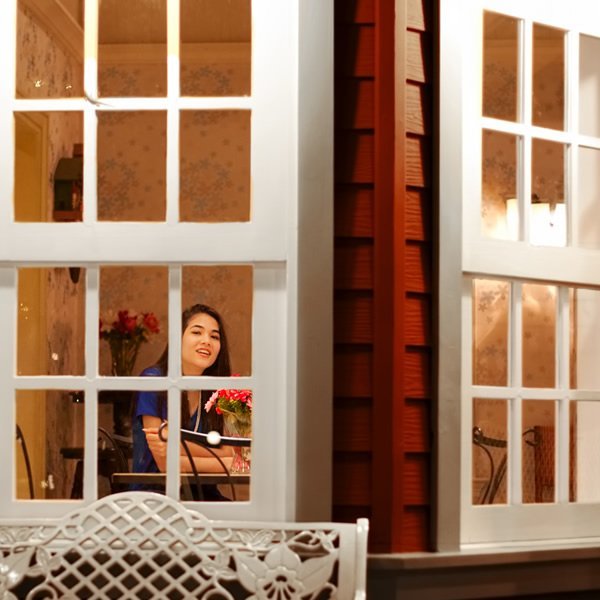
Special discounts and savings with a Munn Insurance group policy.
We recognize the value groups provide to Newfoundland communities. First Responders, Health Care Professionals, Alumni Associations, Educators and Instructors all play a vital role in helping others across the Island. They give so much, and we’re happy to give back. Munn Insurance Preferred Groups in Newfoundland are able to take advantage of special discounts and many extra-valuable benefits.
- Special Group Discounts
- Mortgage & Real Estate Assistance
- 0% Insurance Financing
- Home Repair Assistance
- Legal Assistance
- Health Assistance
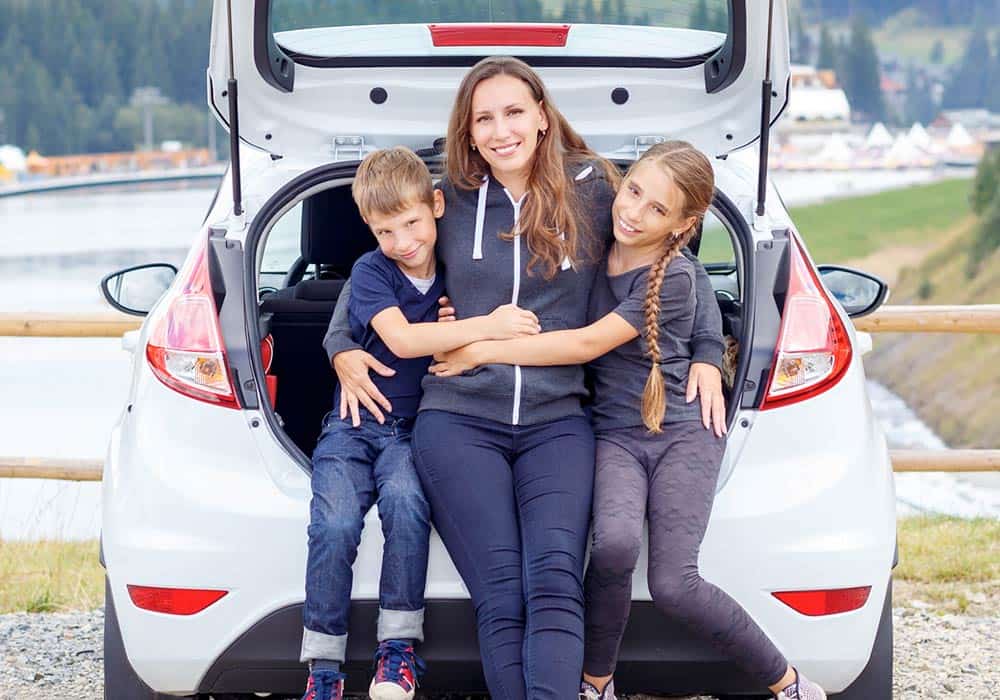
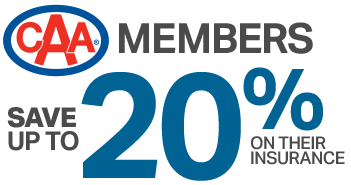
- CAA Members can SAVE up to 20% on Auto and Home Insurance
- Access to multiple insurance markets; knowing you get the best coverage at the best rate
- Confidence and security of being a member of a preferred group
- Local, fast and efficient 24/7 Claims Service
- Legal Assistance
- Health Assistance
Get Newfoundland’s best leisure vehicle protection.
Newfoundlanders love their leisure time and their leisure vehicles. MyRide Leisure Insurance from Munn Insurance is the most competitive, comprehensive leisure vehicle insurance available in Newfoundland. Whether it’s your ATV, motorhome, motorcycle – or any of your leisure vehicles – A Munn policy offers more protection and value than any other program you’ll find.
- Boat and Watercraft
- ATV
- Snowmobile
- Classic Cars and Auto
- Motorhome, RV and Trailer
- Motorcycle


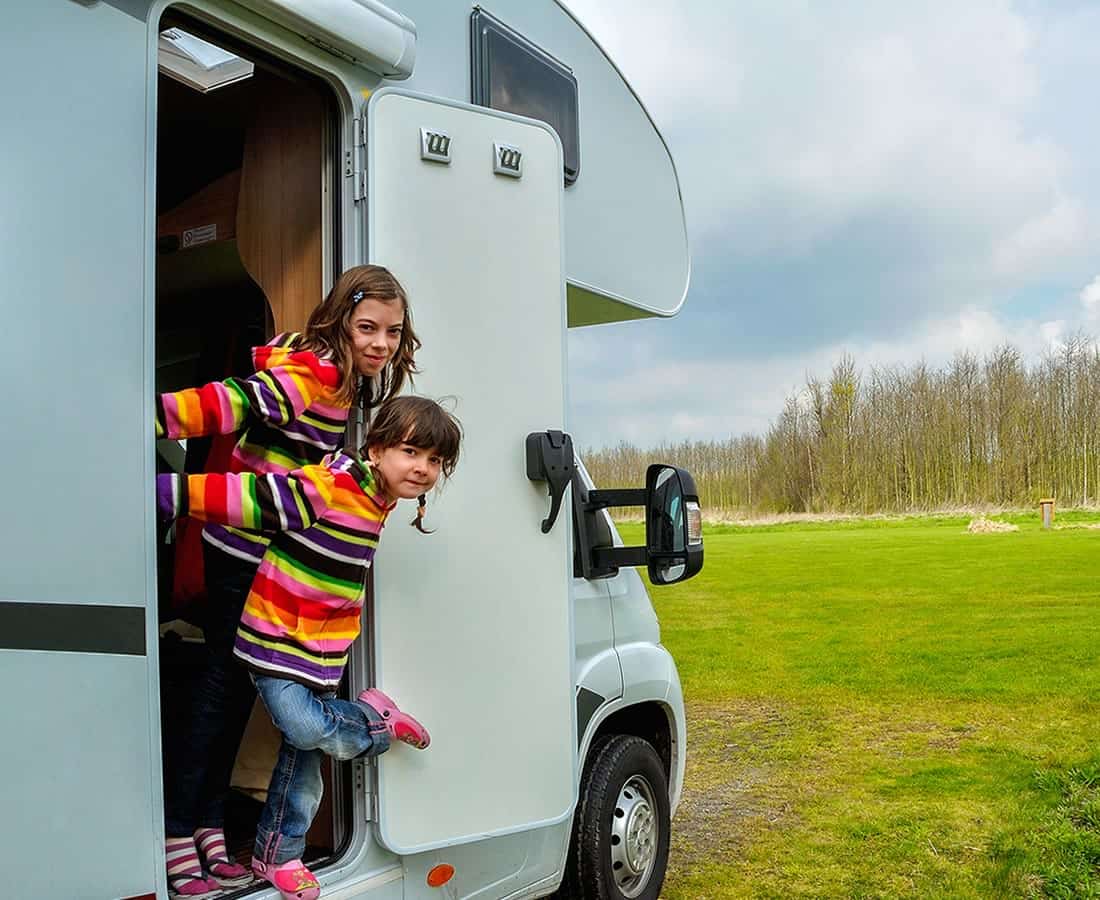
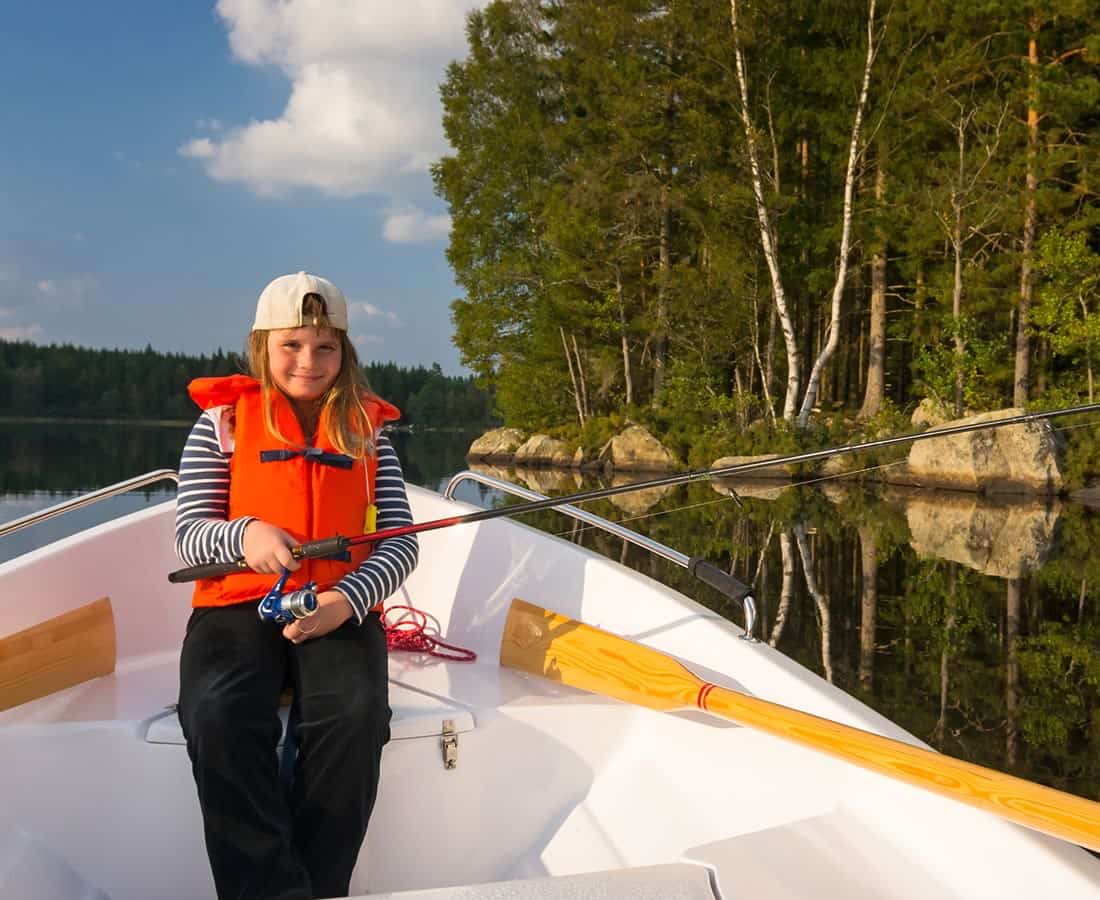
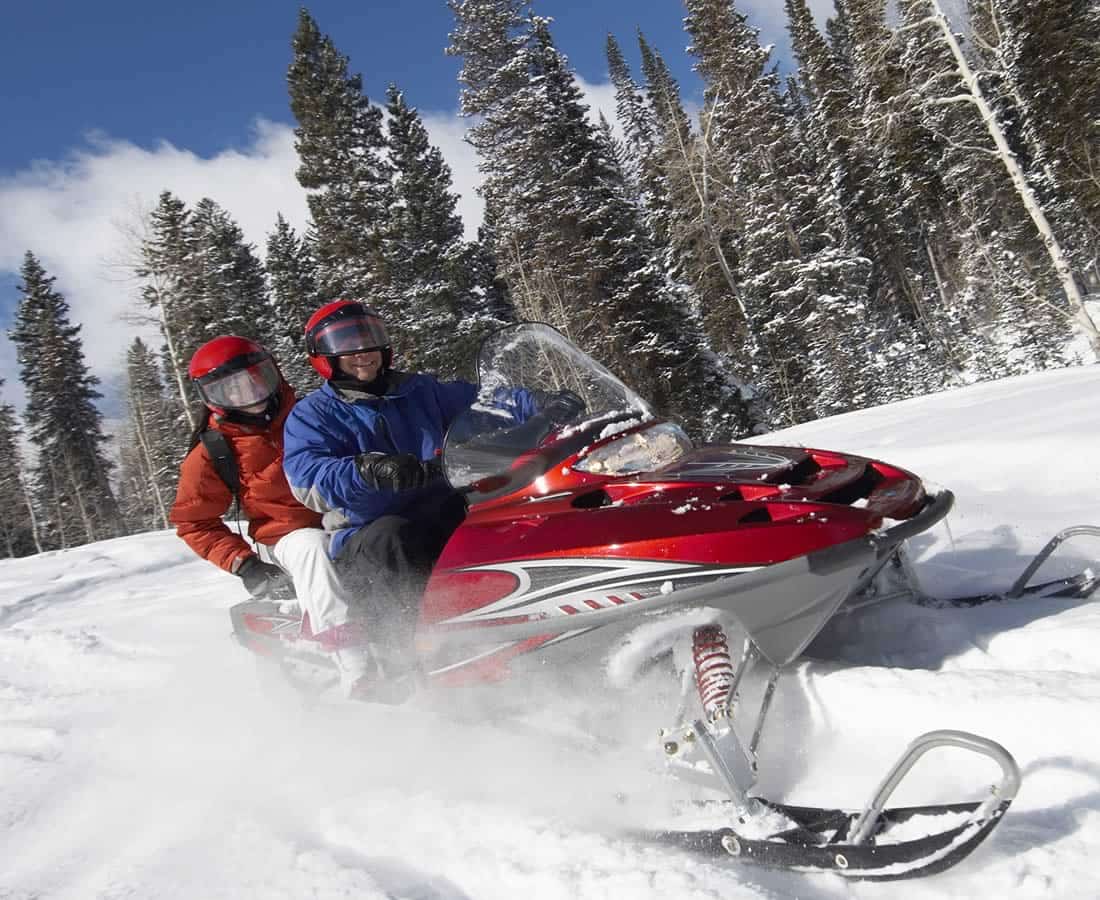

Car insurance laws in Corner Brook.
Corner Brook drivers must be in possession of legally determined minimum insurance coverage to drive on our roads. These minimum limits have been enacted to ensure drivers are financially responsible if an at-fault accident occurs.
Current limits for auto insurance in Corner Brook are:
- $200,000 in liability coverage per accident
- Uninsured and unidentified motorist coverage
Corner Brook drivers are not required to carry accident benefits coverage, although most do choose to buy this coverage, which includes coverage for medical payments, disability coverage, and death benefits coverage. This type of insurance is mandatory in other provinces. Many drivers in Newfoundland also opt to increase their liability coverage to limit risk and financial exposure.
There are also other optional coverages that can be purchased. These include comprehensive and collision coverage to protect in the event of an at-fault accident or non-accident scenario such as theft.
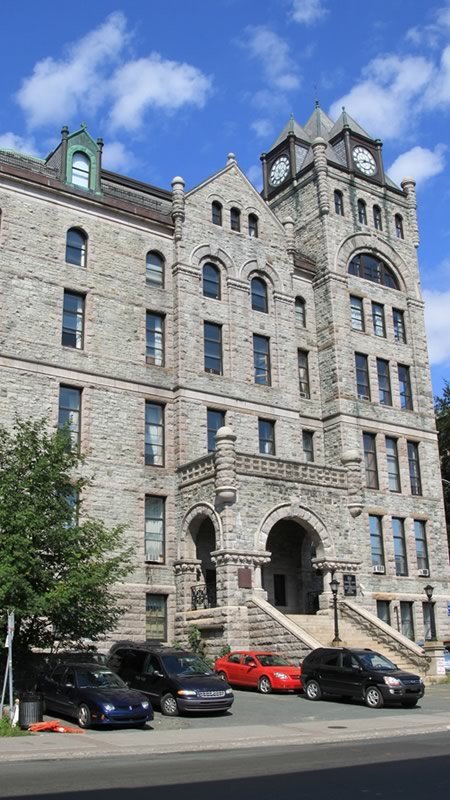
Corner Brook car insurance – your questions answered.
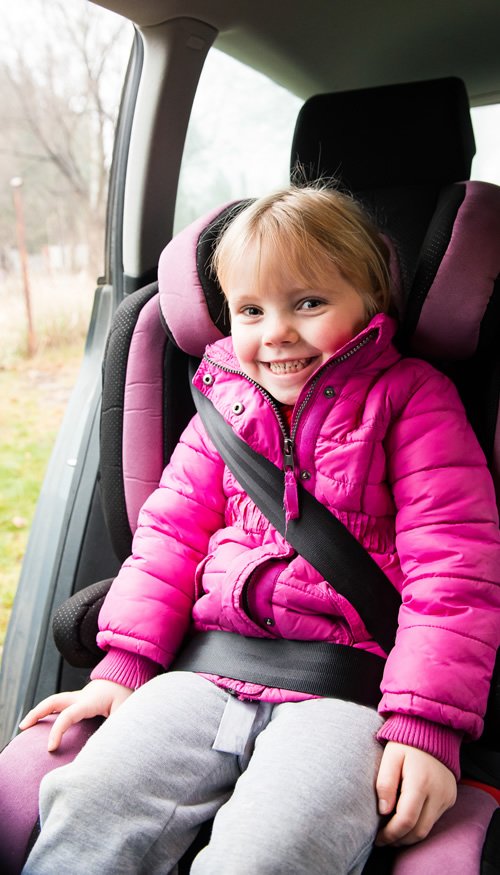
Our Latest Advice
How to Save on Insurance Amid Uncertainty of Tariffs and Trade Wars
In today’s global economy, trade wars and tariffs are a hot topic, and their potential impacts reach beyond just the cost of goods like cars, appliances, and steel. If tensions between countries like Canada and the U.S. continue, you might find that your home and auto insurance premiums rise as well. While this can seem like an unavoidable cost, there are steps you can take to help protect yourself from these increases and ensure you’re getting the best possible coverage at the most affordable price.
Why Could Tariffs Cause Insurance Premiums to Rise?
Tariffs are taxes imposed on goods imported from one country to another, and they can have a ripple effect throughout the economy. For the insurance industry, one of the key areas affected by tariffs is the cost of materials used to repair vehicles and homes. For example, if tariffs are imposed on steel, aluminum, and lumber, the cost to replace or repair your home or vehicle using these materials will increase. Additionally, disruptions in the supply chain caused by tariffs and trade wars can impact the availability of critical materials, such as car parts or building supplies like windows and doors. These shortages can further drive up the cost of repairs and replacements, which insurance companies often pass along to consumers in the form of higher premiums.
But don’t worry—there are proactive steps you can take to protect yourself from the potential strain on your wallet.
6 Tips to Lower Insurance Costs Amid Uncertainty of Tariffs
Here are 6 tips to help you get the best coverage at the best rate despite the uncertainty of tariffs and trade wars:
-
Call a Local Insurance Broker (Like Munn Insurance)
One of the most effective ways to protect yourself from rising premiums is to work with a local insurance broker. Unlike large insurance companies and direct writers like the banks and national providers, brokers like Munn Insurance have access to a wide range of policies from multiple insurers. This means they can shop the market on your behalf to find the best coverage at the best price. Whether you’re dealing with rising auto rates or potential increases in home insurance premiums, a local broker will help you navigate the options and find a policy that meets your needs and budget.
-
Review Your Home and Auto Coverage with a Broker
It’s important to review your home and auto insurance coverage regularly with a broker. Make sure you have the right coverage at the right price. A broker can help you evaluate your current policy, discuss options for increasing your deductibles to reduce your premiums, and ensure that you’re receiving all the discounts you qualify for. In particular, ask about group discounts that may be available depending on your employment or membership in certain associations. A broker can help you identify these opportunities and make sure you’re getting the most value from your policy.
-
Discuss Guaranteed Replacement Cost Coverage
Understanding Guaranteed Replacement Cost coverage and whether you have it is important. For homeowners, this ensures that if your home is damaged or destroyed, your insurer will cover the full cost of rebuilding your home to its original value—regardless of how much material costs may have increased. There are some exclusions and exceptions, so be sure to discuss this coverage with your broker and understand exactly what you’re getting before you need it. It’s important to know that you’re fully covered, especially in times of uncertainty.
-
Perform Regular Home Maintenance
Taking care of your home can help you avoid significant damages that may or may not be covered under your policy, depending on the coverage you selected when setting up your policy. Regular maintenance can prevent costly repairs and ensure that your home remains in top condition. When reviewing your policy, ask your broker about the types of damage that are covered and confirm that your policy provides protection for common home maintenance issues.
-
Bundle Your Insurance Policies
Another great way to save on your premiums is to bundle your insurance policies. Consider combining your home, auto, and even recreational vehicle insurance (like for ATVs) and your seasonal properties under one provider. Bundling these policies together makes it easier for you to manage, and it allows you to take advantage of bundling discounts that can significantly lower your overall premiums. While the large directs and national providers only want to insure your Home and Auto, brokers have multiple markets that provide coverage for all of these under one roof.
-
Shop Around for the Best Deal
Premiums may rise across the board, but that doesn’t mean you can’t find a better deal. Rates fluctuate from insurer to insurer, so it’s important to shop around and compare options regularly. You can call different insurance companies directly, or, to save time, you can have a local broker do it for you. A broker has access to multiple markets, allowing them to find the best coverage at the most competitive rate, all while saving you the time and effort of making calls yourself. Brokers can help ensure you’re getting the right coverage at the best possible price.
Direct Writer Vs Broker
A direct writer offers policies from a single insurance provider. The agents that sell for a direct writer are limited in the options they can provide, as they are restricted to the coverages offered by the company they represent. They are motivated to sell you their policy not the one that’s best for you. On the other hand, insurance brokers have access to several providers and can shop around to find you the best coverage and value for your policy. This gives brokers the flexibility to continuously look for the best option for you, including when your policy renews each year.
You’re not stuck with the same insurance provider—if your premium goes up or you’re looking to make a change in coverage, your broker will do the research and make a recommendation that makes the most sense. In the case of Munn Insurance, we can shop Aviva, CAA Insurance, Intact, Pafco, Pembridge, or Travelers, to name a few. Direct writers can only quote you one market—the one they represent and work for. Brokers will give you independent advice about all of the options available to you.
Conclusion
The possibility of increased home and auto insurance premiums due to tariffs may seem daunting, but with the right strategies, you can protect yourself from unnecessary hikes. Working with a local broker like Munn Insurance, reviewing and updating your coverage, bundling your insurance policies, and making sure you have the right protections in place can help keep your premiums manageable—even in uncertain times. Keep these tips in mind, and you’ll be better prepared to navigate any potential increases that come your way.
Call Munn Insurance and Get Your Home and Auto Insurance Quote Today
At Munn Insurance, we’re committed to helping you find the best insurance quote. Whether you’re new to insurance or a seasoned pro, we make it easy to secure the right coverage at a competitive rate.
We work with a variety of providers to ensure you get the best value for your coverage, offering local expertise to guide you through the process. Don’t settle for less—let us help you navigate the options and find a policy that fits both your needs and your budget.
Ready to get started? Contact us today for a personalized home and auto insurance quote. If you have any questions or need assistance, don’t hesitate to reach out. We’re here to ensure you’re protected and saving money.
Call us at 1-855-726-8627 and let us help you get the best coverage for your needs, giving you the peace of mind you deserve amid these uncertain times.
Get the Best Auto Insurance Quote in Nova Scotia: A Step by Step Guide
When it comes to auto insurance, everyone wants to ensure [...]
Unlock Big Savings with Group Insurance Discounts
At Munn Insurance, we know that everyone loves saving money—especially [...]
Distracted Driving: The Risks and Consequences
Distracted driving is one of the leading causes of accidents [...]


